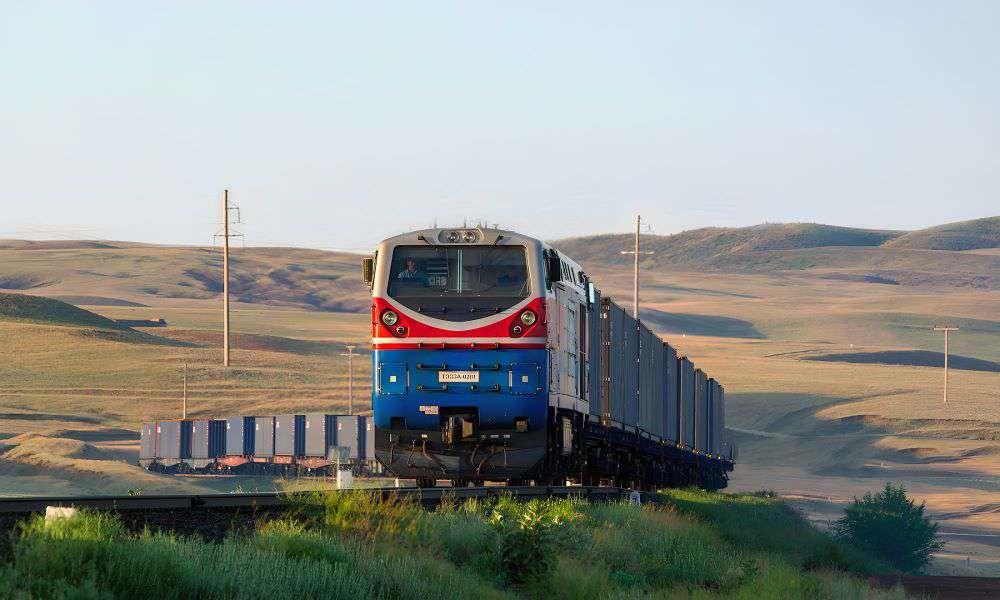Middle Corridor's Development To Pose Modest Fiscal Impact Moody's
“Longer-term, improved economic prospects and diversification benefits could support a wider revenue base, while improving fiscal resilience to shocks,” the latest report by Moody's reveals.
The rating agency's analysts note that the core economies along the Middle Corridor, namely Azerbaijan, Georgia and Kazakhstan have maintained fiscal soundness, despite the significant resources required by infrastructure upgrades.
“State-owned enterprises (SOEs) have borne a significant share of the burden, primarily the railway companies. Selected projects have been financed on concessional terms by international institutions, bringing costs down. These SOEs benefit from direct budgetary allocations as well as subsidies. For example, Kazakhstan's transport and communication spending grew by 29% annually on average between 2022-24, from around 9% the previous decade. Data from the State Statistical Committee of the Republic of Azerbaijan show that state capital investment in the transportation and storage sector jumped to 38% year-on-year between 2021-23, compared to an average of 1% in total capital investments in the previous 10 years,” said the report.
Moody's notes that despite this expenditure, overall fiscal performance has been solid.
“All three sovereigns achieved considerable fiscal consolidation after spending surged during the pandemic. Fiscal deficits narrowed, helped by strong economic growth as pandemic-era support measures were phased out and fiscal discipline curbed spending. In Azerbaijan, oil prices helped generate sizeable surpluses over the past three years. The rapid growth of non-oil revenue is also helping narrow the non-oil primary balance, showing the economy's increasing diversification and resilience to oil price changes. Access to concessional financing has also kept external debt affordable, reducing vulnerability,” the report says.
The Middle Corridor is a transport and trade route that passes through several countries in the region, connecting Asia with Europe. It serves as an alternative to the traditional Northern and Southern corridors.
The route begins in China and goes through Central Asian countries such as Kazakhstan, Uzbekistan, and Turkmenistan. It then crosses the Caspian Sea, Azerbaijan, Georgia, and Türkiye before reaching Europe. The Middle Corridor is a land-based route that bypasses longer maritime paths, linking the eastern parts of Asia, including China, with Europe.

Legal Disclaimer:
MENAFN provides the
information “as is” without warranty of any kind. We do not accept
any responsibility or liability for the accuracy, content, images,
videos, licenses, completeness, legality, or reliability of the information
contained in this article. If you have any complaints or copyright
issues related to this article, kindly contact the provider above.
Most popular stories
Market Research

- Japan Buy Now Pay Later Market Size To Surpass USD 145.5 Billion By 2033 CAGR Of 22.23%
- BTCC Summer Festival 2025 Unites Japan's Web3 Community
- GCL Subsidiary, 2Game Digital, Partners With Kucoin Pay To Accept Secure Crypto Payments In Real Time
- Smart Indoor Gardens Market Growth: Size, Trends, And Forecast 20252033
- Nutritional Bar Market Size To Expand At A CAGR Of 3.5% During 2025-2033
- Pluscapital Advisor Empowers Traders To Master Global Markets Around The Clock






















Comments
No comment